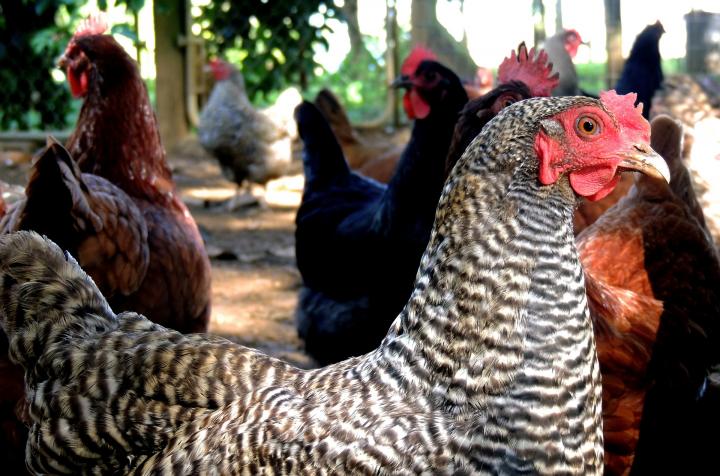
How Many Eggs Should A Chicken Lay Each Day?
ADVERTISEMENT
Thank you for this article. I have had a hand full of chickens going on 5 years. It all started with 1 chick my daughter found in a parking lot, lol! I took her and hand raised her in the house just like a pet. We added 2 more in the second year. Then 5 last year. I have 3 new chicks coming in a week. So mine are staggered out in age. I had done research on haw to humanely put a chicken down right away. So I would know what to do in case I need to. We love the chickens and as long as they live we will keep them. I have an old age run set up already. My husband is so attached that I can't even talk to him about killing a chicken but I would never let one suffer. You really made me feel better at the end of the article. I have a block and nails set up. Also a very heavy cleaver. So thank you.
An old small plastic kid's pool. use electrical tape & tape their legs together. when you capitate, their head lay them in the kid pool they will not flop, spray, sling blood everywhere. keep blood confined to keep predators & vermin away helps.
We have found that hanging the hen by the legs with the head down calms them. They don't struggle at all. Then a quick cut with a sharp knife while holding the head severs the head.
Great topics, my first time having chickens. I have 7. Really enjoy them.
I use a cone. I put them in there, and let them relax. Then I cut the neck off. Let the blood drain on a bucket. It is wonderful for the garden. I think that if they have time to relax, it makes the meat more tender.
i'am actually having the best time in a very long time , kudos to spy-lord for helping me to reveal everything my ex has has been doing behind me , now am actually having a great time and i actually believe he can help people out there that has the same problems compared to most other hackers out there .you can contact him through email on H A C K S E C R E T E @ G M A I L . C O M' and get your doubts cleared.
When you indicated there would be flapping when you chop a chickens head off is kind of an understatement. That bird is going to go crazy and holding it by its feet is going to get you covered in blood. I've seen chickens flapping on the ground and just stood back until it calmed down.
Cut the corner out of a plastic shopping bag and slip the chickens head through so that its body is firmly in the bag. Tie it off and finish the business. You can hold the chicken now and let it bleed out without getting covered.
Why do you not mention that chickens molt. some times twice a year it will slow down or stop egg production . They will loose lot of feathers which some times you may think there is some thing wrong but there is not. It is a natural chicken thing . Hens also go through an egg cycle. have you ever killed one of your hens and seen a row of yellow balls at the base of here tail those are eggs. They will take a rest period and make the next years egg roe. The roosters also molt.
Thank you for this comment! My 2 girls (hens) used to lay every day, but this winter that's slowed. They're not that old. Maybe 2 - 3 years old & I've had them since right before they were old enough to lay. One has always laid the largest, prettiest eggs, while the other ones eggs were always slightly smaller and sometimes speckled. Anyway, the younger, smaller one has never laid consistently abd once even brooded for several weeks before finally starting to lay again. Right now, neither is laying. The larger one started laying again for about 10 days but has now stopped again. There's alot of feathers in the coop right now so she must be molting. (They are let out daily to free range the yard). This is the longest we've had 2 still living with us as before one would usually get killed by a predator after about a year or so and we'd just replace her with another young hen. We have no roosters.
"He had a lovely, shiny coat, but produced sulfurous gas at inopportune moments." Was that about the dog or your husband?









